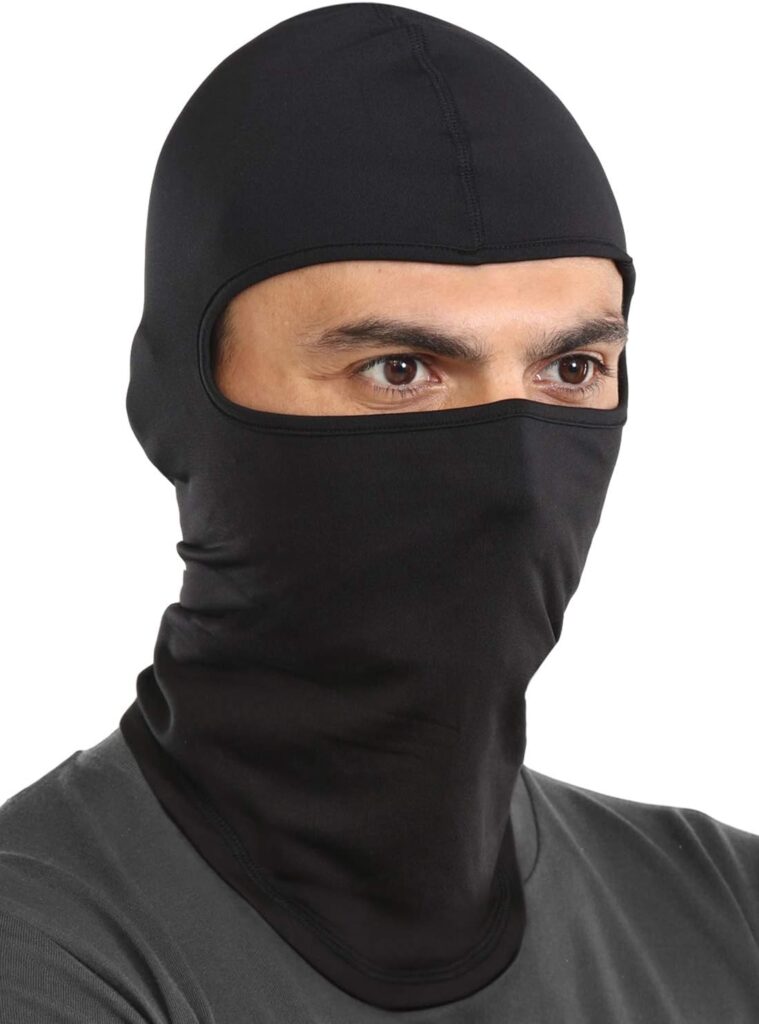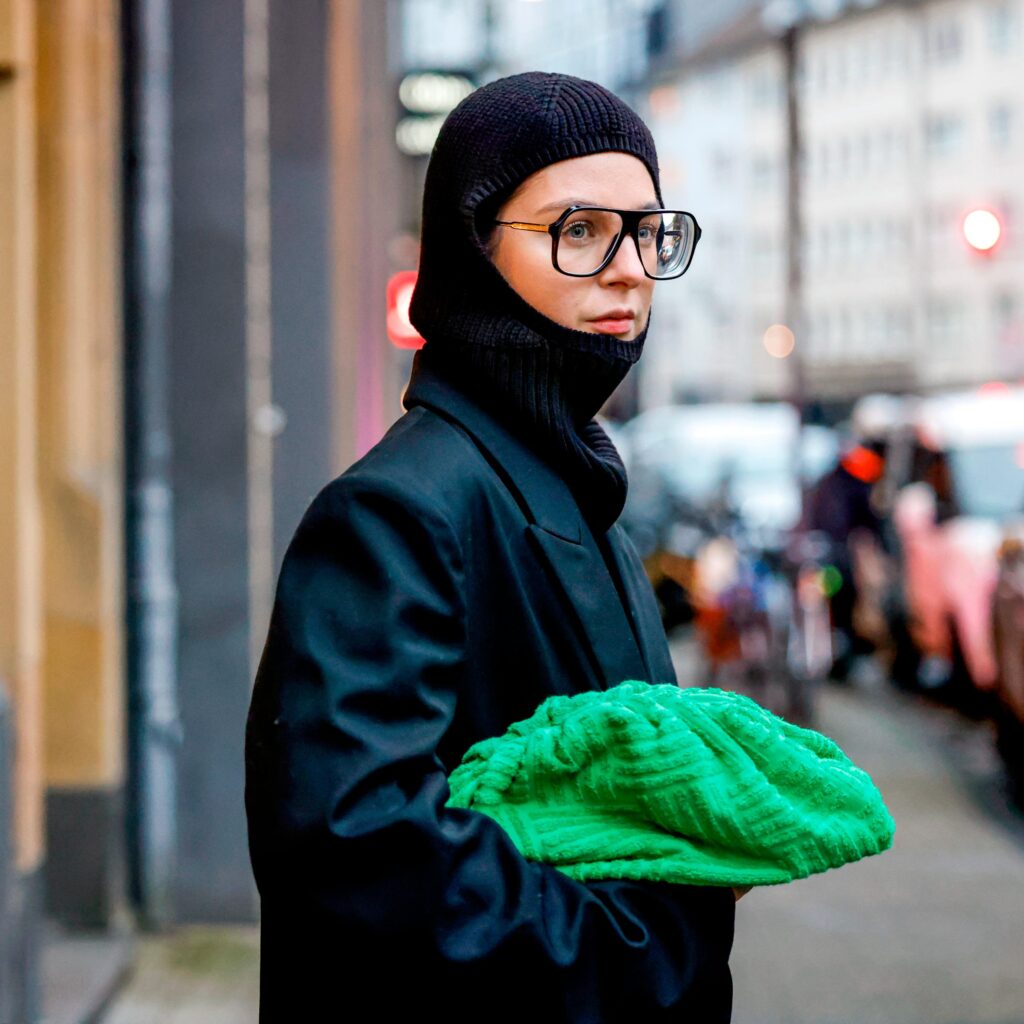Ski masks, often associated with winter sports and cold weather activities, have transcended their utilitarian origins to become a symbol of intrigue, protection, and even fashion. This article delves into the multifaceted nature of ski masks, exploring their evolution, versatility, safety implications, and unexpected role in the world of fashion.
1. The Evolution of Ski Masks
The evolution of ski masks is a testament to human ingenuity in adapting to environmental challenges while prioritizing comfort and functionality. Initially conceived as a practical solution for skiers navigating harsh winter conditions, ski masks have undergone a remarkable transformation in design and materials.
Early iterations of that were rudimentary, typically crafted from wool or similar insulating fabrics. While these provided basic protection against the cold, they often lacked breathability and moisture-wicking properties, leading to discomfort during prolonged use. However, as technology advanced and outdoor enthusiasts demanded more from their gear, ski mask manufacturers responded with innovative solutions.
Modern ski masks feature a diverse range of materials, including neoprene, fleece, and synthetic blends, engineered to optimize warmth, breathability, and moisture management. Neoprene, in particular, has gained popularity for its insulating properties and resistance to water, making it ideal for use in snowy conditions. Fleece, on the other hand, offers exceptional warmth without compromising on breathability, ensuring comfort during high-intensity activities.
In addition to advancements in materials, the design of this has also evolved to enhance functionality and versatility. Adjustable closures, ventilation panels, and compatibility with goggles are now standard features, allowing users to customize their fit and adapt to changing weather conditions. These design innovations not only improve performance on the slopes but also cater to the diverse needs of outdoor enthusiasts engaged in activities ranging from skiing to snowboarding, hiking, and beyond.
2. The Versatility of Ski Masks
While originally conceived for skiing and snowboarding, ski masks have transcended their niche origins to become indispensable gear for a wide range of outdoor activities. Their versatility lies in their ability to provide protection against various environmental elements, making them suitable for use in diverse settings and climates.
Outdoor enthusiasts rely on ski masks to shield their faces from biting winds, freezing temperatures, and harmful UV rays during winter sports and cold weather activities. The snug fit and insulating properties of ski masks help retain body heat, ensuring comfort and warmth even in sub-zero conditions. Moreover, their moisture-wicking capabilities prevent sweat buildup, reducing the risk of hypothermia and frostbite—a crucial consideration for those venturing into remote or extreme environments.
Beyond winter sports, this find applications in hiking, biking, and motorcycling, where they offer protection against wind, dust, and debris. The full-face coverage provided by ski masks shields sensitive skin from environmental aggressors, reducing the risk of sunburn, windburn, and other skin irritations. Additionally, ski masks with built-in ventilation panels allow for optimal airflow, preventing overheating and discomfort during strenuous activities.
3. Safety and Security: Ski Masks in Various Contexts
Despite their practical benefits, this have garnered a controversial reputation due to their association with anonymity and criminal activities. While the vast majority of ski mask users employ them for legitimate purposes, a small subset has exploited their concealment capabilities for nefarious ends, leading to concerns about public safety and security.
Law enforcement agencies face challenges in distinguishing between lawful and unlawful use of ski masks, particularly in contexts where their usage may be ambiguous or suspicious. This worn in the commission of crimes not only hinder identification of perpetrators but also instill fear and uncertainty among witnesses and bystanders. As such, the regulation of ski masks and similar facial coverings remains a topic of debate, with proponents advocating for measures to mitigate their misuse without unduly infringing on personal freedoms.
Despite these challenges, this continue to serve essential functions in various professional capacities, particularly in law enforcement and tactical operations. Specialized variants, such as balaclavas and tactical face masks, are designed to provide concealment, thermal insulation, and protection against dust and debris in hazardous environments. These protective features are indispensable for professionals operating in high-risk scenarios, where exposure to the elements or hostile conditions can compromise safety and effectiveness.
4. Fashion and Style: Ski Masks Beyond the Slopes
In recent years, This have undergone a surprising transformation from functional gear to fashion-forward accessories, captivating the imagination of designers, influencers, and trendsetters alike. This reinterpretation of this as stylish and edgy elements challenges conventional notions of fashion, pushing boundaries and sparking conversations about identity, expression, and individuality.
In the realm of streetwear and urban fashion, this have emerged as statement pieces, adding an element of intrigue and mystery to casual ensembles. Influential figures in music, fashion, and pop culture have embraced ski masks as symbols of rebellion and authenticity, incorporating them into their signature looks and public personas. From music videos to red carpet appearances, ski masks have become synonymous with avant-garde style and nonconformist attitudes, resonating with audiences seeking to make bold fashion statements.
High-end fashion designers have also embraced this as a canvas for creativity and experimentation, integrating them into their collections as unconventional accessories. Runway shows and editorial spreads showcase ski masks in unexpected materials, colors, and embellishments, challenging traditional notions of luxury and exclusivity. By reimagining ski masks through a fashion lens, designers blur the boundaries between utility and aesthetics, elevating everyday objects into works of art that transcend their functional origins.
5. Conclusion
In conclusion, this embody a rich tapestry of history, functionality, and symbolism, transcending their utilitarian roots to become cultural icons in their own right. From their humble beginnings as protective gear for skiers braving icy slopes to their newfound status as fashion-forward accessories, this continue to captivate and intrigue audiences across diverse contexts. Whether on the slopes, in tactical operations, or on the runway, ski masks serve as a canvas for creativity, self-expression, and individuality, leaving an indelible mark on the worlds of fashion, sport, and beyond.





